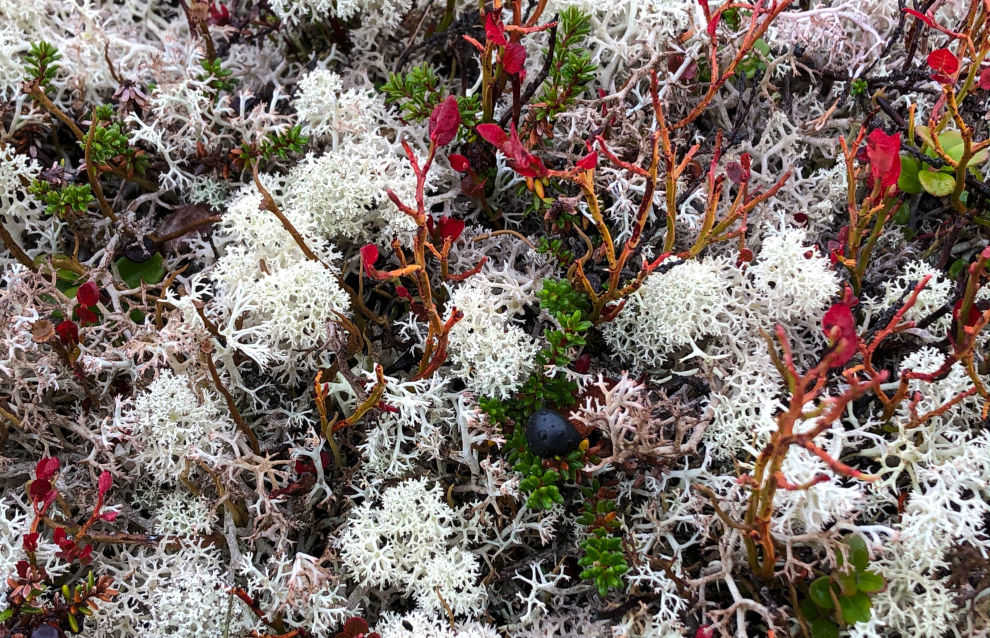Plant life appeared in Arctic earlier than scientists thought
Researchers from the Central Siberian Botanical Garden of the Siberian Branch of the Russian Academy of Sciences, together with scientists from China, France and the United States, came to the conclusion that Arctic flora could have appeared more than 11 million years ago, which is much earlier than scientists thought. The study was published in the British journal, Nature.
The researchers believe that the development of Arctic flora began due to changes in the landscape and climate, as well as sea level fluctuations.
“We are studying the evolution of angiosperm flora in the Arctic and looking at how it is affected by geological and climatic change. If we understand the stages of development, we will find the key to the history and origin of the low-temperature flora of the Northern Hemisphere. In addition, we will be able to suggest what types of plants need to be preserved and what to do for this. After all, the climate is changing a lot, the glaciers are melting, which means that the flora is also transforming,” says Andrei Erst, Candidate in Biology, one of the article’s authors, senior researcher at the Central Siberian Botanical Garden under the Siberian Branch of the Russian Academy of Sciences.
For their research, scientists sequenced, or determined the nucleotide sequence of nuclear and chloroplast DNA. The DNA was extracted from the leaves of plants. Based on the DNA, the researchers built phylogenetic trees for 32 groups of angiosperms of 3,626 species.
“We collected plants partly from nature, but most were taken from herbarium collections in China, France, America, and Russia. Herbarium funds are the richest source of information that can help us see the morphology and distribution of a plant and determine the species. The DNA in these funds is preserved for quite a long time; we managed to sequence samples from the 1940s,” Andrei Erst commented.
According to the results of the research, the ancestors of some Arctic species appeared in the middle or late Miocene (about 10 million years ago). Around this time, plant migration began from the Mediterranean and western North America. The development of local species continued later, about 9 million years ago.
Prior to these data, it was believed that the Arctic tundra was formed at the end of the Neogene or in the earliest Pleistocene (about 2 to 3 million years ago). In addition, it turned out that the number of plant species that migrated from North America is much larger than the local ones that have evolved in the Arctic.
At the beginning of the Late Miocene (11 million years ago), there was high tectonic activity in Greenland and around the coasts of Eurasia. The earth’s crust was rising, causing river erosion to change the surface of the Arctic lands. There were also changes in the climate. Paleoenvironmental reconstruction revealed that the average annual temperature in the Arctic 13 million years ago dropped sharply from 11 to 4°C. During the same period, there was a noticeable drop in the sea level. According to scientists, these changes in the landscape and climate, as well as sea level fluctuations, could have triggered Arctic flora to develop.
Next, scientists plan to analyze the relationship between the flora in the Arctic and in the Himalayas.
"We want to study the relationship between the flora in the Arctic and the flora in the Himalayas. These locations have similar habitat conditions, climate and flora, and there are similar plant species. We will study model genera that contain a different number of species, build a phylogeny and speculate as to how the flora migrated and developed,” Andrei Erst said.
